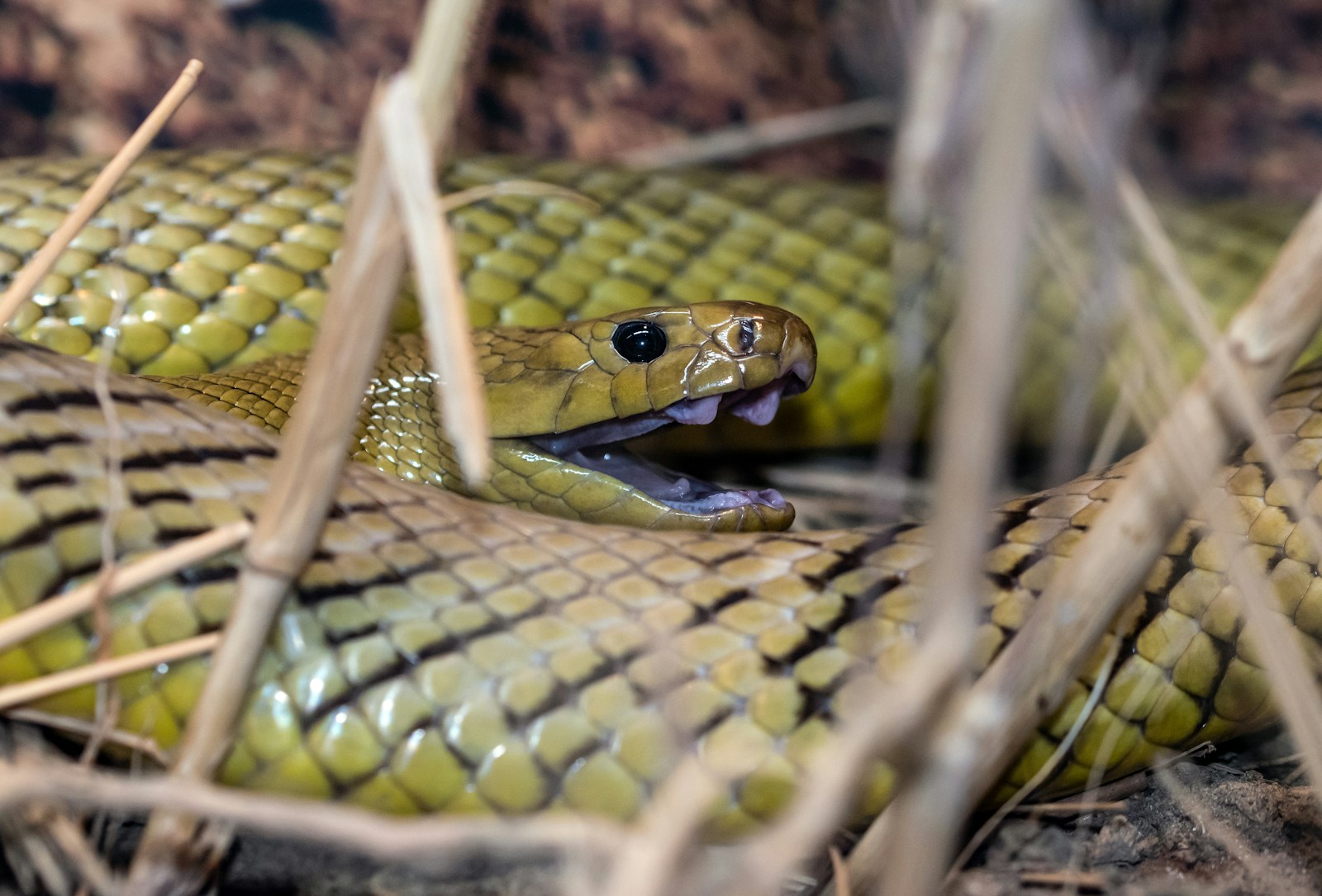In the realm of serpentine behavior, few phenomena are as fascinating and puzzling as self-cannibalism. When a snake bites its own tail and begins consuming itself, scientists take notice. This rare occurrence, known as ouroboros behavior (named after the ancient symbol of a serpent eating its own tail), provides researchers with unique insights into snake physiology, neurology, and stress responses. While uncommon in the wild, documented cases of self-biting snakes have become valuable case studies that expand our understanding of reptilian behavior and biological mechanisms. The lessons gleaned from these incidents reach far beyond herpetology, touching on broader concepts in animal behavior, evolutionary biology, and even medical science.
The Ouroboros Phenomenon: When Snakes Attack Themselves
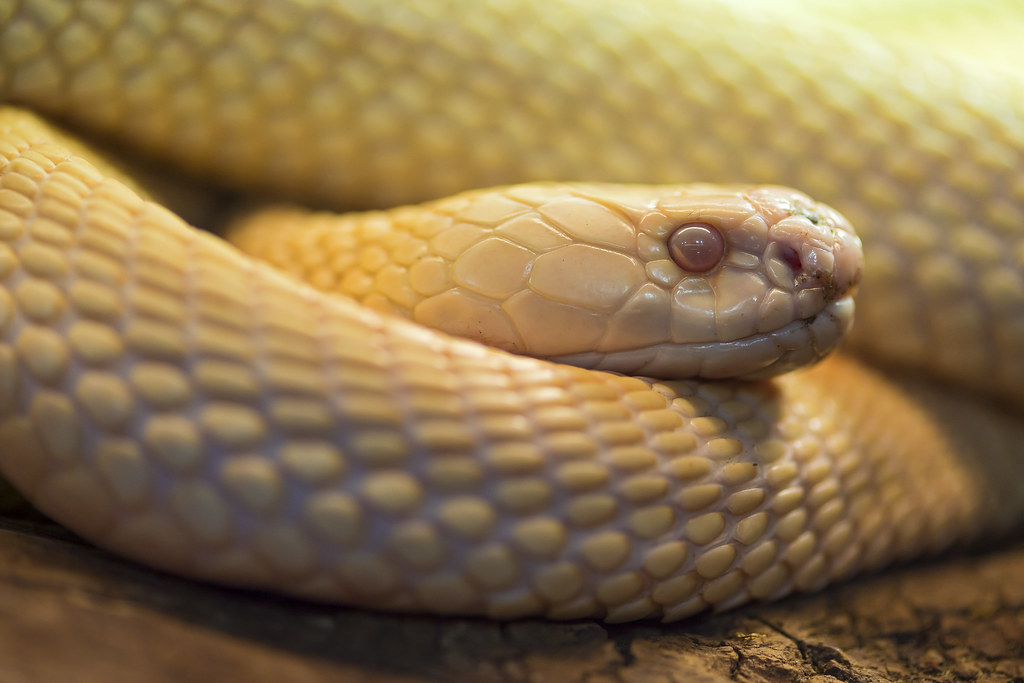
The image of a snake forming a circle and consuming its own tail has been a powerful symbol across many ancient cultures, representing eternity and the cycle of life. In reality, however, this behavior is neither mystical nor beneficial to the snake—it’s a dangerous behavioral anomaly that can prove fatal. When a snake bites itself, it typically begins with the tail and may continue consuming its body if not interrupted. Most documented cases involve captive specimens, particularly certain species like king snakes and rat snakes, which are already known for their cannibalistic tendencies toward other snakes. This self-destructive behavior presents a fascinating paradox that challenges our understanding of a snake’s sensory processing and self-recognition capabilities.
Thermal Confusion: How Heat Perception Goes Awry
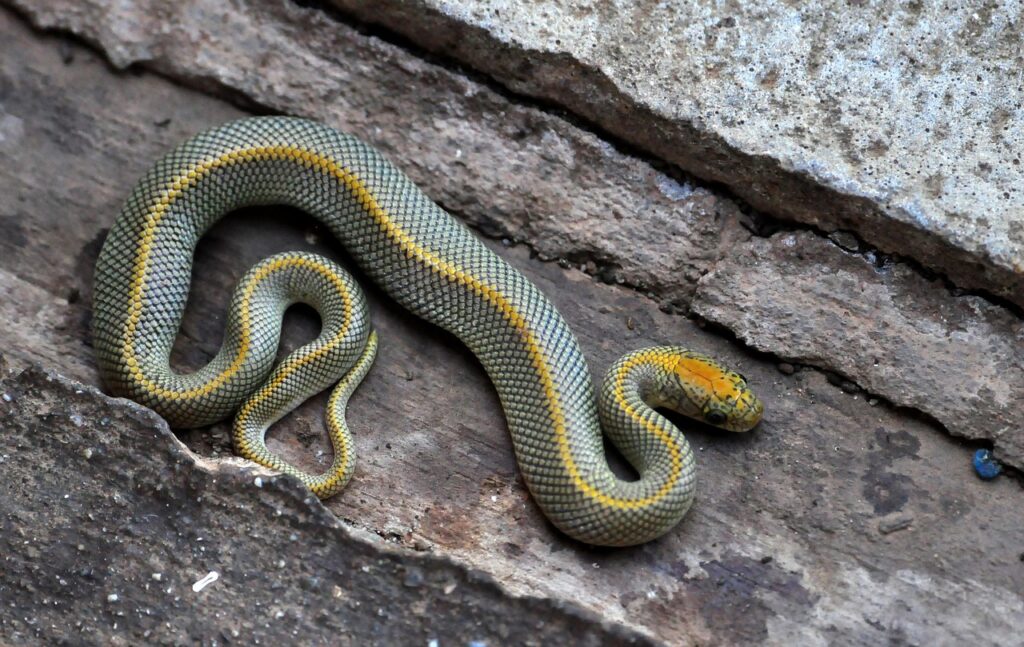
One of the most significant discoveries from studying self-biting incidents relates to snakes’ thermal perception mechanisms. Snakes rely heavily on heat-sensing capabilities to identify prey, with many species possessing specialized heat-detecting pits or heightened sensitivity in their facial nerves. Research on self-biting incidents reveals that in controlled environments, especially terrariums with improper temperature gradients, a snake may mistake its own tail for prey. The snake’s body temperature can create a thermal contrast against a cool surface, causing confusion in the reptile’s sensory processing. This finding has led to improved guidelines for snake housing in captivity, emphasizing the importance of thermal gradients that allow snakes to properly distinguish their own bodies from potential prey.
Chemical Recognition Failures
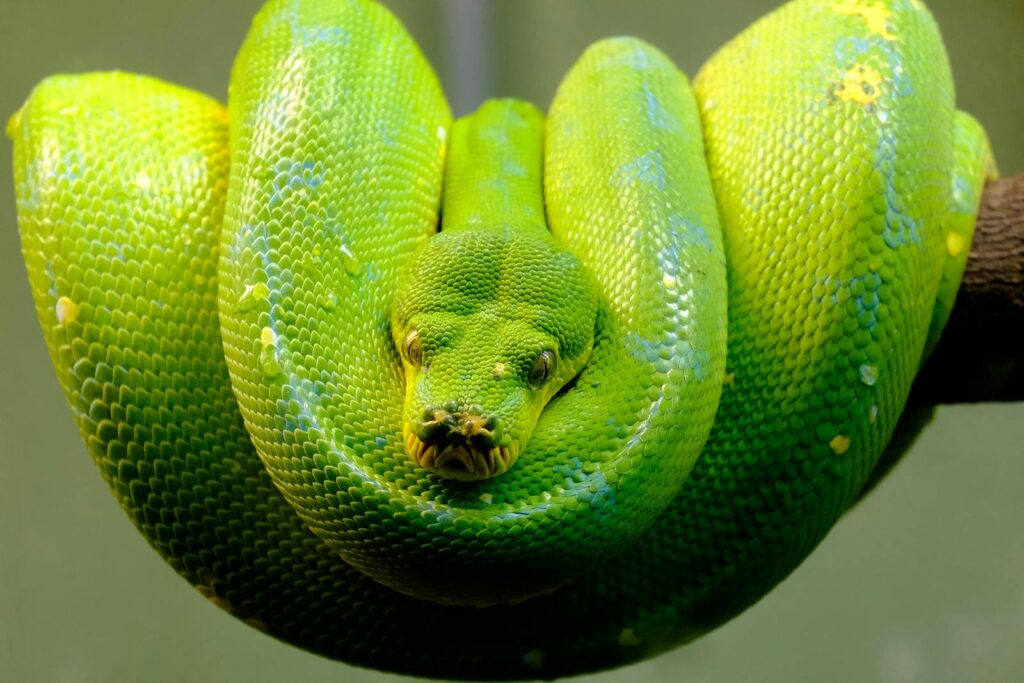
Studies of self-cannibalizing snakes have yielded important insights into chemical recognition systems in reptiles. Normally, snakes use their highly developed vomeronasal organ (Jacobson’s organ) to identify chemical signatures, helping them distinguish between prey, predators, and their own species. When a snake bites itself, researchers have documented a fundamental failure in this chemical recognition system. Laboratory analysis of tissue samples from affected snakes has shown abnormalities in certain chemoreceptors, suggesting potential genetic or neurological factors at play. This discovery has opened new avenues of research into reptilian sensory biology and the complex interplay between chemical detection and behavioral responses in snakes.
Stress-Induced Behavioral Abnormalities
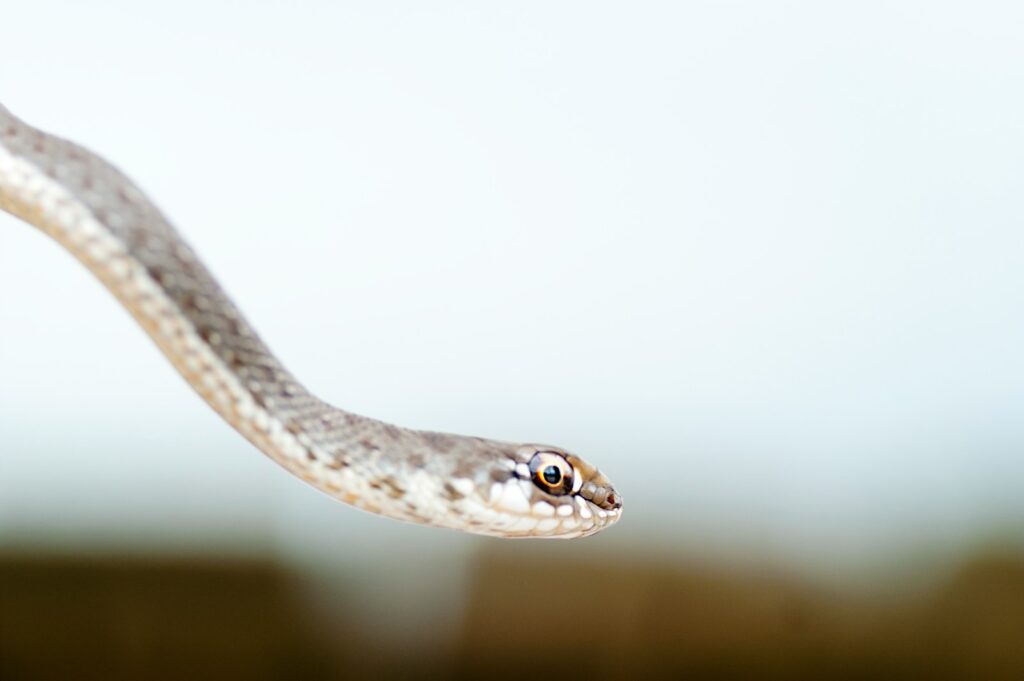
Perhaps the most applicable finding from self-biting snakes relates to stress responses in captive reptiles. Comprehensive studies tracking environmental factors before self-biting incidents have established strong correlations between stressful conditions and self-destructive behaviors. Factors such as improper handling, overcrowding, excessive noise, or inadequate hiding places can trigger extreme stress responses in captive snakes. Physiological markers in affected specimens show elevated cortisol levels and other stress indicators similar to those observed in mammals experiencing psychological distress. These discoveries have revolutionized captive snake management protocols, emphasizing the importance of environmental enrichment and stress reduction techniques in reptile husbandry.
Neurological Insights from Self-Consuming Serpents
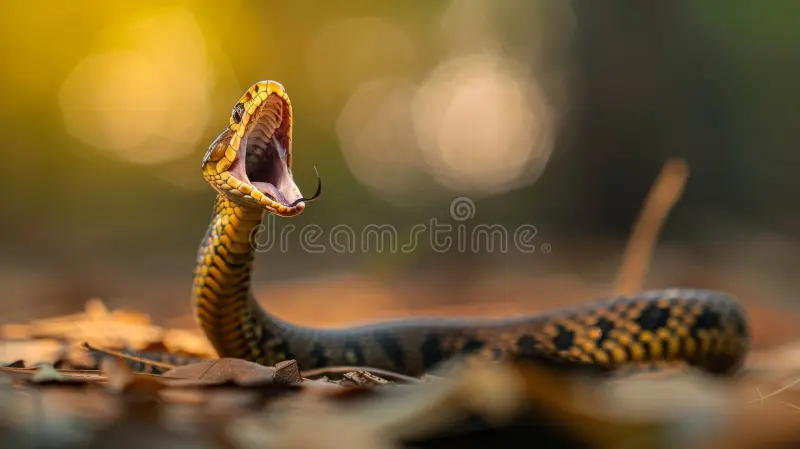
Examinations of snakes during and after self-biting episodes have provided valuable data about reptilian neurological function. Advanced imaging studies of affected snakes reveal unusual activity patterns in brain regions associated with prey recognition and feeding responses. Neurologists specializing in reptilian systems have identified specific neural pathway disruptions that may contribute to the snake’s inability to recognize its own body parts. These findings have implications beyond herpetology, contributing to our understanding of spatial awareness and self-recognition in vertebrate brains more broadly. The unusual neurological patterns observed in self-biting snakes have even informed certain aspects of research into proprioception (body awareness) disorders in other species.
Metabolic Mysteries and Energy Expenditure
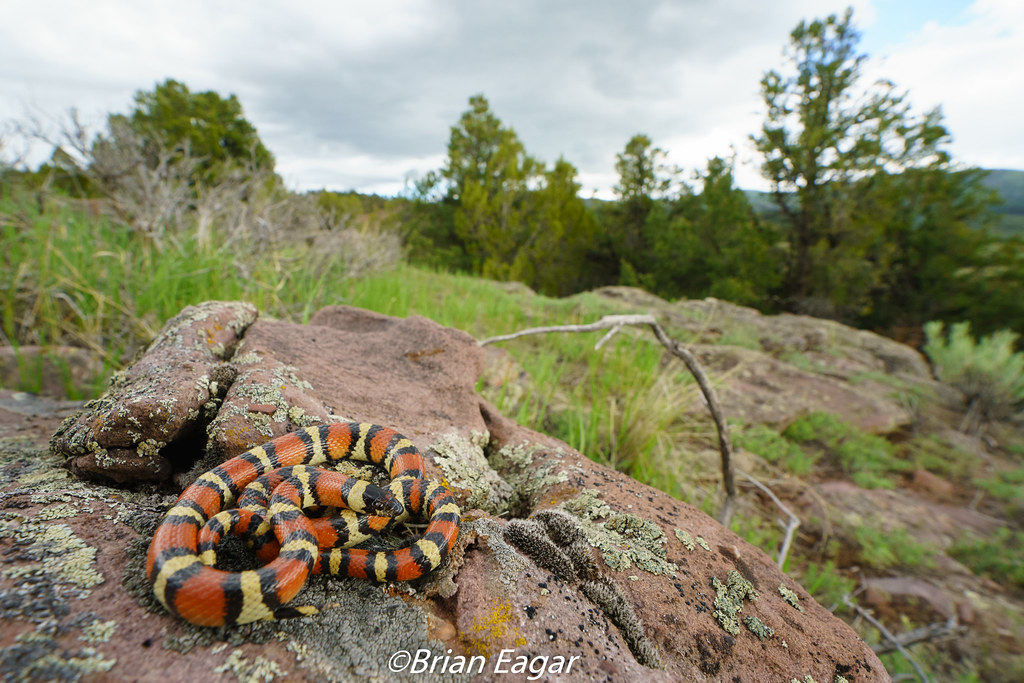
Biochemical analysis of snakes that attempt self-consumption has revealed fascinating aspects of reptilian metabolism. When a snake begins to consume itself, its body initiates contradictory metabolic processes—simultaneously activating digestive enzymes while experiencing tissue damage stress responses. Researchers measuring metabolic rates during these episodes have documented unprecedented energy expenditure patterns that defy normal reptilian metabolic expectations. This metabolic contradiction creates a physiologically impossible situation where the snake is essentially trying to convert its own tissue into energy while maintaining the bodily functions needed for continued consumption. These observations have contributed to broader understanding of reptilian metabolic flexibility and the energy costs associated with feeding behaviors.
Pain Perception and Self-Injury Responses
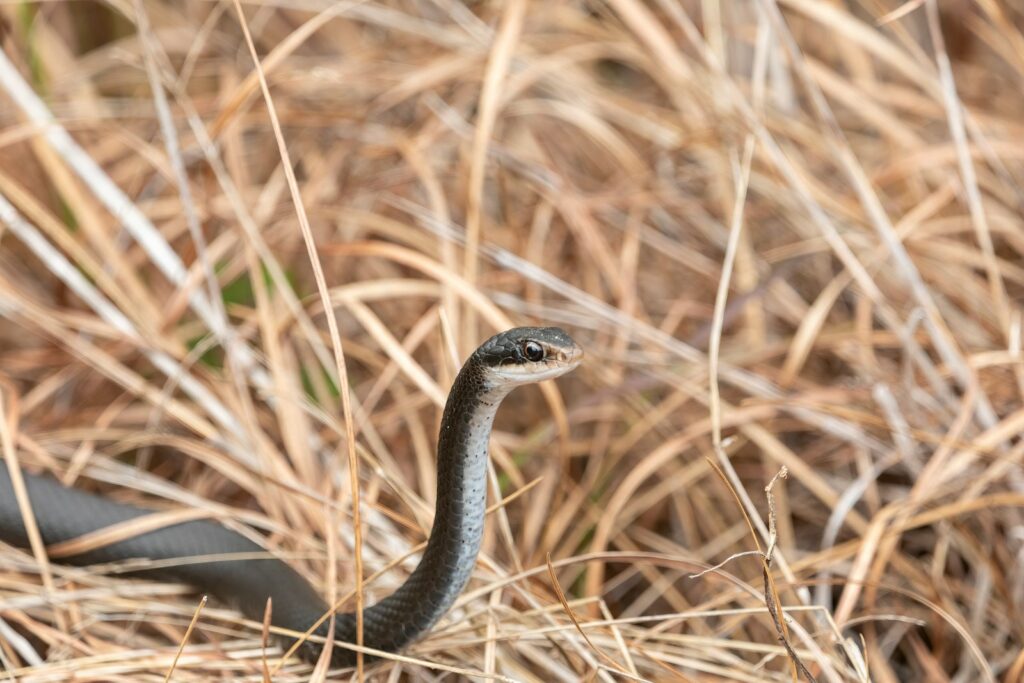
One of the most counterintuitive findings from self-biting snake studies concerns pain perception in reptiles. Traditional understanding suggested limited pain response in reptiles compared to mammals, but cases of self-consumption have prompted reconsideration of this view. Detailed behavioral observations and neurochemical analyses of self-biting snakes show complex nociceptive (pain-sensing) responses that appear partially suppressed during the feeding response. This phenomenon has led to groundbreaking research into how feeding behaviors in snakes can override pain signals that would normally prevent self-injury. The study of these pain perception mechanisms has contributed valuable insights to comparative pain research across vertebrate species and has implications for pain management in reptilian veterinary medicine.
Evolutionary Perspectives on Self-Destructive Behavior

From an evolutionary standpoint, self-cannibalism represents a fascinating paradox that has prompted scientists to explore its possible adaptive significance. While clearly maladaptive for the individual snake, the study of this behavior has generated hypotheses about its evolutionary origins. Some researchers propose that the same neural circuits that evolved to make snakes efficient cannibals of other snake species occasionally misfire, resulting in self-predation. Others suggest that the behavior represents an extreme stress response that might have served as a form of self-euthanasia in severely compromised wild specimens. Comparative studies across snake families with different evolutionary histories of cannibalism have strengthened these connections, showing higher rates of self-biting in lineages with strong cannibalistic tendencies.
Venom Immunity and Self-Envenomation
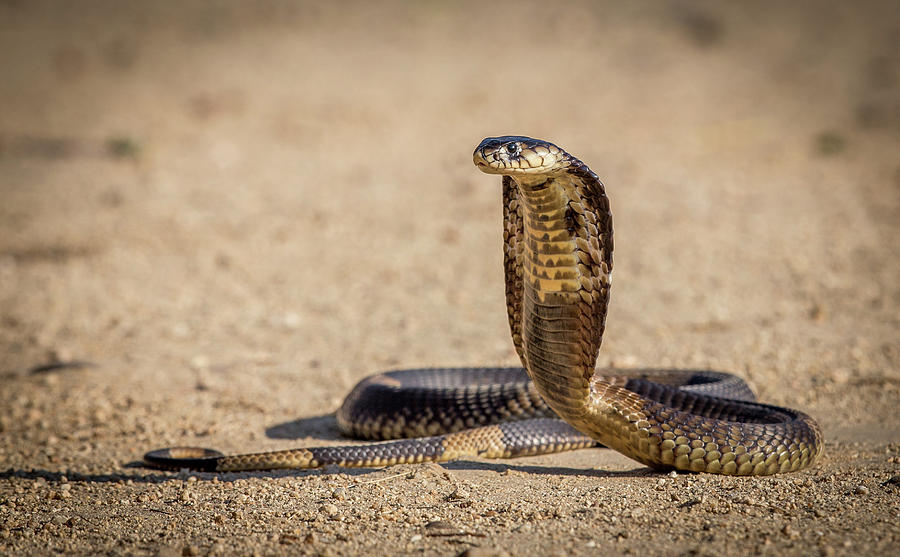
When venomous snakes bite themselves, the outcomes provide remarkable insights into venom immunity. Case studies of self-biting venomous species have documented varying degrees of resistance to their own venom, though this resistance is rarely complete. Biochemical analysis of blood samples from such specimens reveals complex interactions between venom components and the snake’s own immune system. These findings have significant implications for antivenom development, as understanding how snakes achieve partial immunity to their own toxins could inform new therapeutic approaches. Research stemming from these cases has already contributed to improved antivenom formulations and treatment protocols for snake bite victims.
Captive Management Protocols Transformed

The scientific study of self-biting incidents has revolutionized captive snake management practices worldwide. Detailed environmental analysis of cases has led to the development of comprehensive husbandry guidelines aimed specifically at preventing self-cannibalism behaviors. Modern reptile enclosure designs now incorporate features that reduce the likelihood of self-biting, including specialized hiding areas, appropriate thermal gradients, and enrichment elements that satisfy natural hunting behaviors. Feeding protocols have been modified to ensure proper prey recognition, including techniques like tong-feeding that help direct predatory responses away from the snake’s own body. These evidence-based approaches have significantly reduced the incidence of self-biting in captive collections, improving both snake welfare and conservation breeding success.
Medical Interventions and Treatment Outcomes

Veterinary interventions in cases of self-biting snakes have generated valuable clinical knowledge about reptile emergency medicine. Treatment protocols developed for these cases now form the foundation for addressing similar injuries from other causes. Surgical techniques for addressing digestive tract damage have been refined through these challenging cases, as veterinarians must often deal with the unique problem of a snake that has partially digested itself. The development of specialized anaesthetic approaches for affected specimens has improved safety profiles for reptile surgery more broadly. Follow-up studies tracking recovery and long-term outcomes have provided insights into reptilian tissue regeneration and healing processes that have applications across veterinary herpetological medicine.
Public Education and Conservation Implications
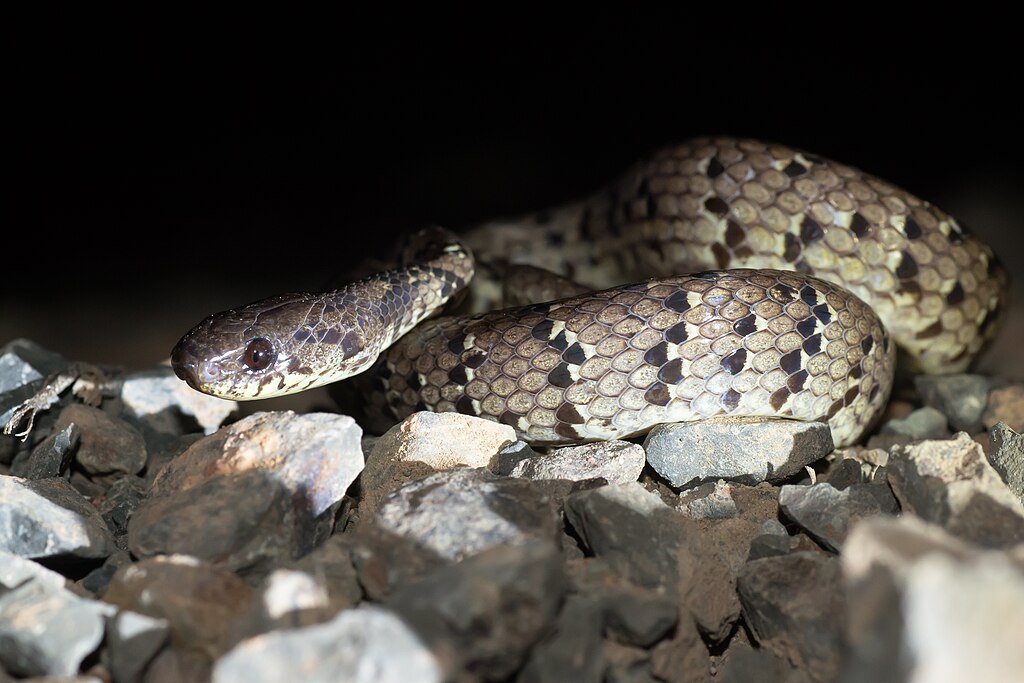
Perhaps unexpectedly, documented cases of self-biting snakes have become powerful educational tools for conservation organizations. These dramatic examples of behavioral disturbance in captivity highlight the specialized needs of reptiles and the consequences of improper care. Conservation programs have leveraged these cases to illustrate the importance of habitat preservation, as many of the stressors that trigger self-biting in captivity mirror the challenges faced by wild populations in degraded habitats. Educational materials developed from this research help dispel myths about snakes while fostering greater understanding of their complex sensory and behavioral adaptations. By transforming these unusual cases into learning opportunities, scientists have managed to generate public support for snake conservation efforts worldwide.
The scientific study of self-biting snakes represents a fascinating intersection of behavioral biology, neuroscience, and veterinary medicine. What might initially seem like a bizarre curiosity has yielded insights that touch on fundamental aspects of reptilian biology and have practical applications across multiple disciplines. From improving captive care standards to developing better antivenom therapies, the lessons learned from these unusual cases continue to influence both scientific understanding and practical management of snakes. As research techniques advance, these rare incidents will likely continue to provide valuable windows into the complex sensory world and behavioral adaptations of these remarkable reptiles, reminding us that even the most seemingly maladaptive behaviors can become valuable sources of scientific knowledge.

